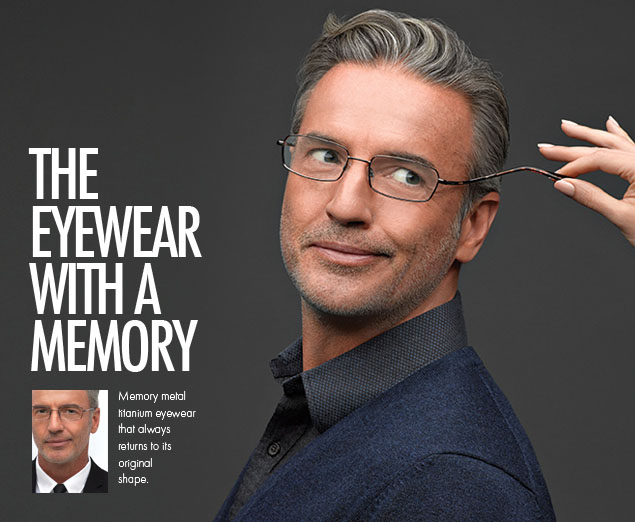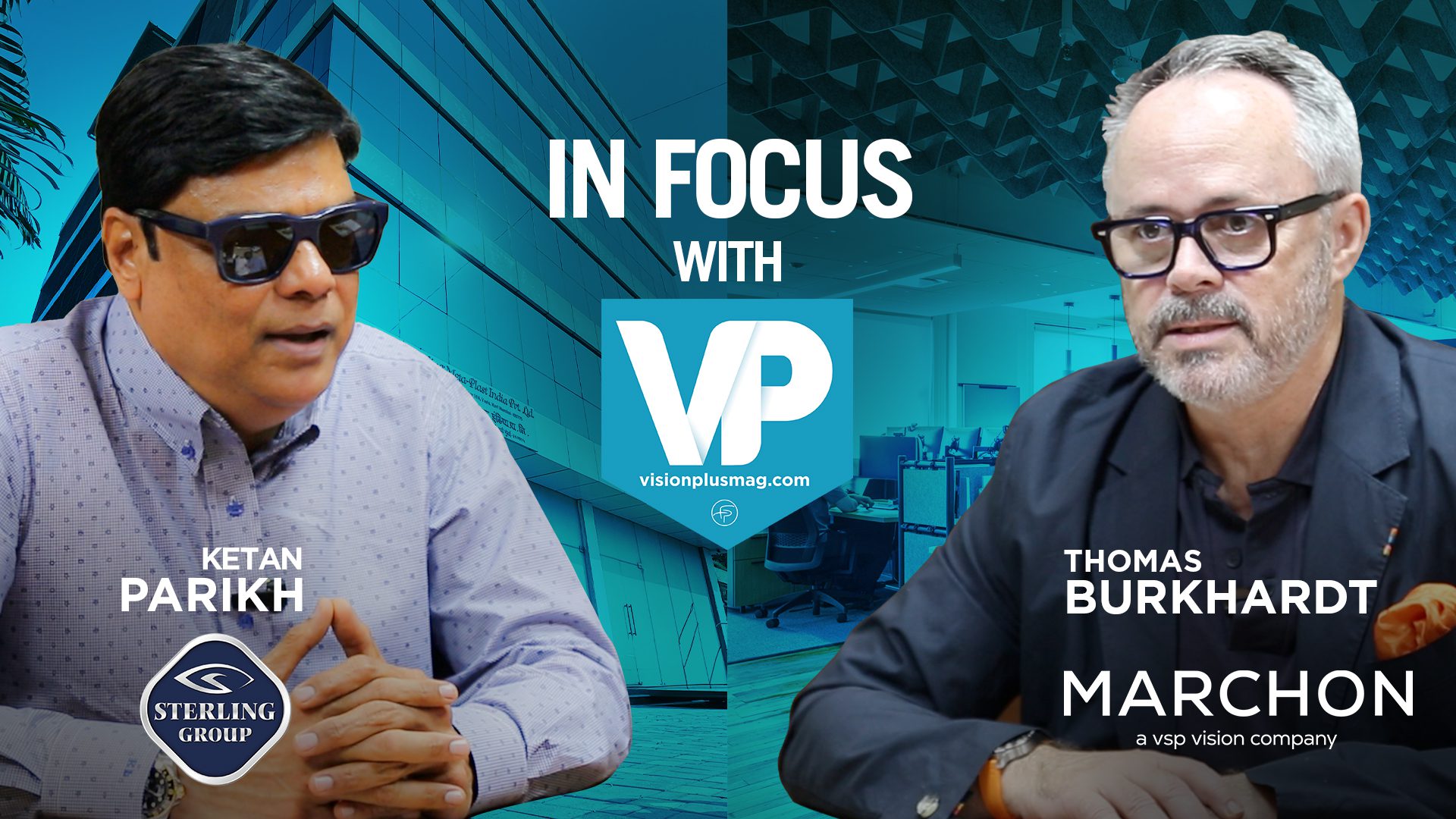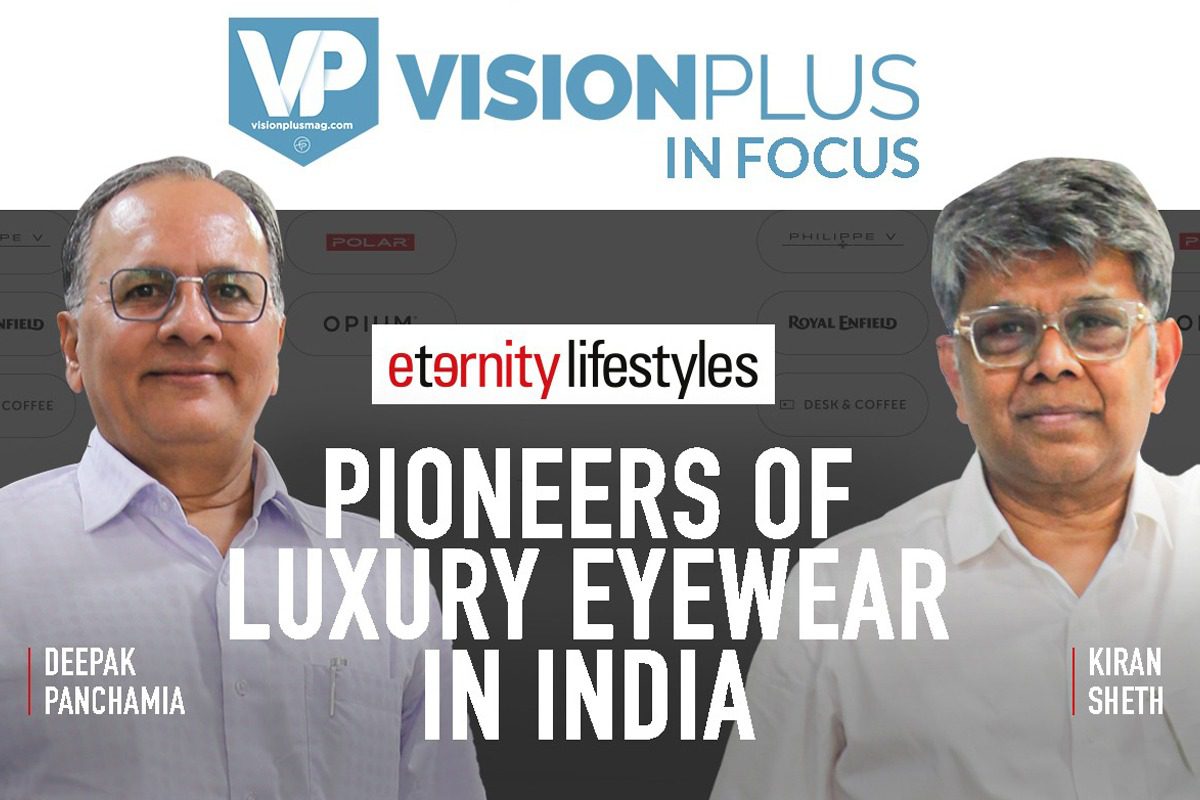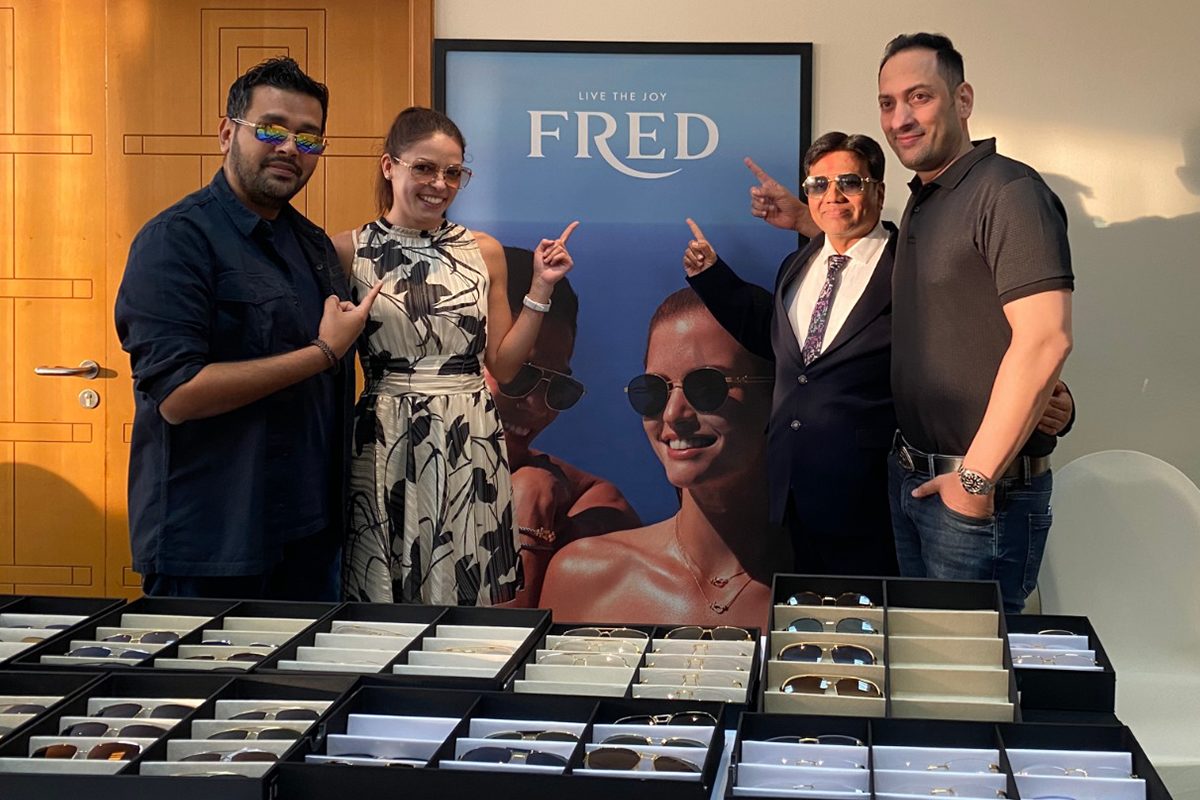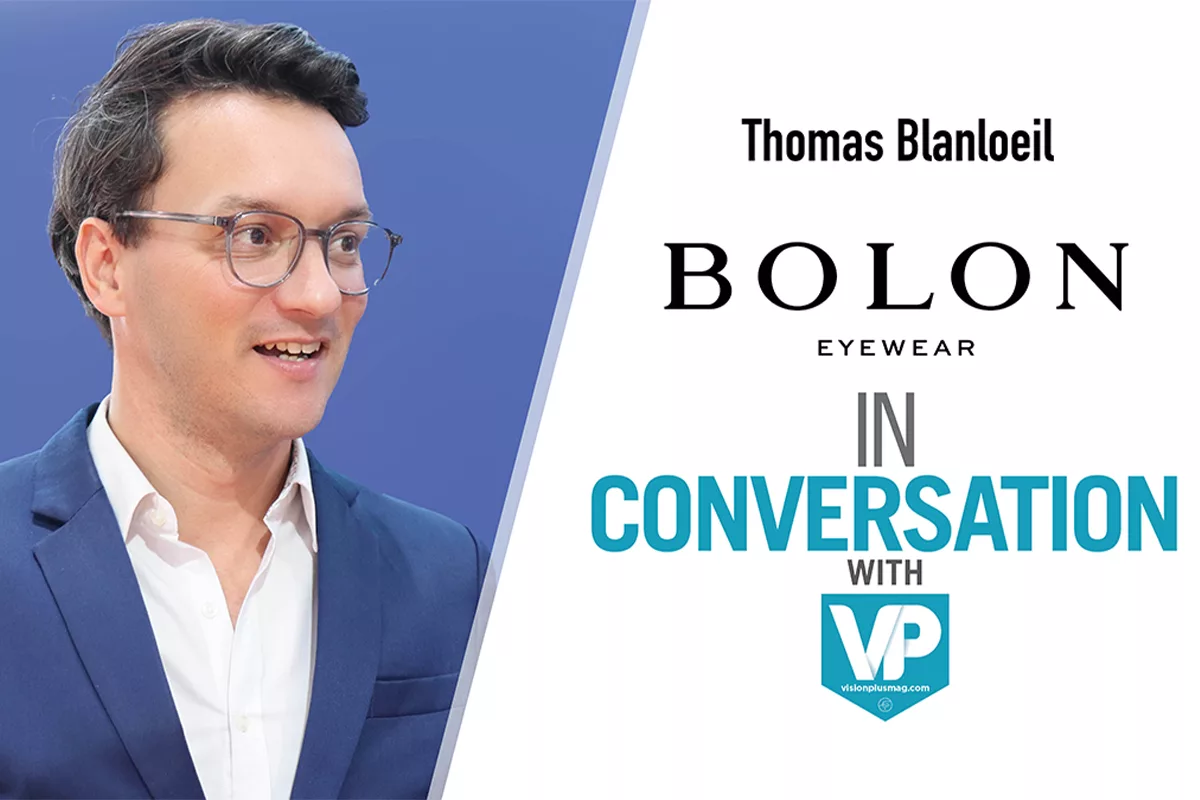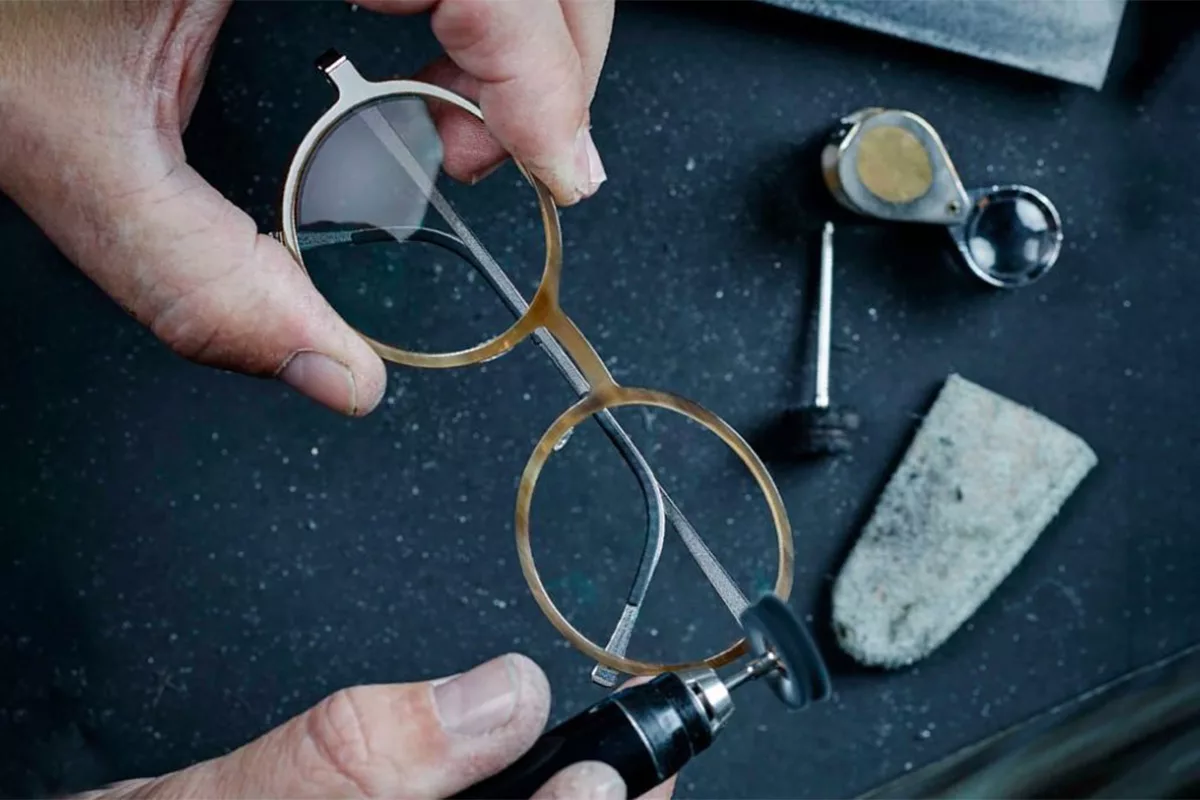Imagine an eyewear that can be turned and twisted up to 90 degrees and that does not snap or break? Does this sound too good to be true? Well, it isn’t! Welcome to the world of flexible eyewear.
Flexible eyewear, as the name suggests, is made of a material that make the frames very pliant and versatile. They are ideal for children and people with an active lifestyle where their eyewear is more prone to damage.
TYPES OF FLEXIBLE EYEWEAR MATERIAL
 There are many materials that lend themselves well to the crafting of flexible eyewear. The popular choice for such frames is titanium. The reason for its popularity is fairly simple. Eyewear made from titanium comes as close to being indestructible as one can imagine. And, it is pretty lightweight – almost 40 percent lighter than other metal – and is hypo-allergenic to boot. Eyewear designers like this material because it can easily be highlighted in a wide range of colours to create designs that are contemporary, classic or edgy.
There are many materials that lend themselves well to the crafting of flexible eyewear. The popular choice for such frames is titanium. The reason for its popularity is fairly simple. Eyewear made from titanium comes as close to being indestructible as one can imagine. And, it is pretty lightweight – almost 40 percent lighter than other metal – and is hypo-allergenic to boot. Eyewear designers like this material because it can easily be highlighted in a wide range of colours to create designs that are contemporary, classic or edgy.
Another metal used for designing flexible eyewear is beryllium. Said to be six times stronger than steel and 30 percent lighter than aluminum, this metal is corrosion-resistant and can withstand very high temperatures. One company that has created a proprietary memory metal based on beryllium is Aspex Eyewear. The company’s EasyTwist Eyewear is made of Trilaston, which is derived from beryllium. Aspex Eyewear claims that its EasyTwist copper aluminum-based alloy offers better advantages and value over other nickel/titanium-based memory metals currently on the market.
Monel is yet another material of choice for flexible eyewear. This alloy includes different metals, like nickel and copper, and is extremely flexible and rust-resistant. Given its malleability, monel can be used to fashion eyewear of different shapes, without affecting their elasticity. It has a high resistance to corrosion and different colors can be applied to it with ease.
Besides metal, plastic too is used to make flexible eyewear. The most common choice of plastic for eyewear is cellulose acetate or zyl. Eyewear designers especially love this lightweight material they can achieve various layering effects on it by using hues of a single color or merge multiple colors to form a complex design. Another variant of cellulose acetate is cellulose acetate propionate, a nylon-based plastic, which has more transparency and surface shine as compared to other plastics.
Designers of performance eyewear sometimes tend to select other variants of nylon, especially Grilamid, because they are resistant to extreme climatic conditions and can maintain their flexibility in heat or cold environments. Rudy Project, for instance, incorporates Grilamid TR 55, a high quality thermoplastic material, in its advanced sports sunglasses, primarily because it is shock resistant, lightweight, non-allergenic and is very flexible.
TITANIUM EYEWEAR MATERIALS
 There are different types of titanium-based eyewear materials, with the most commonly used option being beta titanium. This is a titanium alloy made with aluminum and vanadium, which is what makes eyewear based on this material very flexible. TAG Heuer Avant-Garde Eyewear’s Reflex series has models made of beta titanium that are further coated in special elastomers to offer better comfort to wearers along with increased durability.
There are different types of titanium-based eyewear materials, with the most commonly used option being beta titanium. This is a titanium alloy made with aluminum and vanadium, which is what makes eyewear based on this material very flexible. TAG Heuer Avant-Garde Eyewear’s Reflex series has models made of beta titanium that are further coated in special elastomers to offer better comfort to wearers along with increased durability.
But, the most famous material in titanium-based eyewear is Flexon. This patented brand of Marchon Eyewear is an alloy of titanium and nickel and unlike other metals, Flexon can ‘remember’ the shape of the wearer’s head, even after being bent or twisted and it manages to return to its original set shape. Besides the ability to flex back into its original shape, Flexon frames are also corrosion resistant, durable, lightweight and hypoallergenic.
Another titanium-based material is TITANflex. This material is so resilient that is used in all of those applications where extreme flexibility and resilience to bending are a priority, for instance in the fields of space exploration or medical technology. Eschenbach Optik first discovered TITANflex as a material for eyewear frames 25 years ago. According to the company, which currently owns the TITANflex brand, initially the material was used to construct flexible bridges in eyewear frames. Through years of research and development, it is now possible to manufacture complex top bars and bridges from TITANflex plate material. This means that even the most contemporary styles are feasible – with unrestricted comfort, a better fit and unique designs.
MEMORY METAL AND ITS ADVANTAGES
Memory metal is a term used to describe metal-based flexible eyewear, which is made from a metal alloy of titanium and nickel. Combining these two elements results in a technologically advanced compound that can ‘remember’ and return to its original set shape. Other synonyms for memory metal frames include bendable and twistable eyewear.

Memory metals have recommended for several reasons. For starters, these offer a better fit to the eyewear. Depending on the brand, memory metals can be used in the bridge, top bar or temples of frames – or all of these elements as is the case with Flexon. This allows frames to keep the shape originally set by the wearer. Once fit, they stay fit, putting an end to frames that stretch out of shape, slide down the nose and sit unevenly.
In the case of Flexon, the temples are the spring hinge without the spring and the temples take the stress, not the endpiece. In the bridge and temples, this material prevents fronts from twisting out of shape.
Memory metals are also more durable. Conventional metals will kink or break if bent back and forth even a few times. Although memory metal frames are not entirely indestructible, they are much more tough and resilient and offer more permanence over standard frames. These frames are likely to break only when twisted or bent very sharply on more than one occasion.
So the next time your customer complains about badly fitting eyewear that is unable to retain its original shape, or bemoans that their optical frames lack longevity, just suggest memory metal frames instead. It is bound to meet most of their expectations when it comes to snug fitting, durable eyewear.
Flexon – ‘the eyewear with a memory’
With a name like Flexon, it is a no-brainer what the USP of this brand from Marchon Eyewear is. Flexon is often called ‘the eyewear with a memory’ because this titanium-based eyewear material always returns to its original shape. After memory metal was discovered in 1961, Marchon Eyewear utilized Japanese materials to create a material that could be used to make bendable frames. It finally launched Flexon in 1988 and today the brand offers comfortable frames for men, women and children. Vinita Bhatia spoke to Mark Ginsberg, Senior Vice President – Global Marketing of Marchon Eyewear to understand more about the Flexon brand.
Vinita Bhatia (VB): What exactly is Flexon?
 Mark Ginsberg (MG): Flexon is a metal alloy of titanium and nickel. Unlike other metals, Flexon can ‘remember’ and return to its original set shape. Marchon Eyewear patented the Flexon material and launched the first large-scale application of Flexon optical frames in 1988, with the AutoFlex collection.
Mark Ginsberg (MG): Flexon is a metal alloy of titanium and nickel. Unlike other metals, Flexon can ‘remember’ and return to its original set shape. Marchon Eyewear patented the Flexon material and launched the first large-scale application of Flexon optical frames in 1988, with the AutoFlex collection.
In 1991, Marchon launched the Flexon eyewear collection geared towards younger men with more progressive designs. By 1997, it became a global brand. From simple classic designs to edgy styles our original memory metal frames appeal to the widest range of men, women and children.
VB: So, how is Flexon’s eyewear different from other memory metal eyewear?
MG: Unlike other flexible eyewear materials, Flexon can return to its original shape after the bridge and temple are twisted. It retains its original adjustment for a consistent and comfortable fit.
Flexon has a unique combination of four properties that makes it ideal for metal optical frames. Besides being flexible, it is also 25 percent lighter than conventional metals. It is also corrosion-resistant, so it resists tarnishing. This means that it offers better long-term wear than standard frames. And Flexon is fatigue resistant, so it won’t kink and can resist breakage.
VB: Are memory metal frames more expensive than regular frames?
MG: I can’t speak for the other brands of memory metal frames. I can however state that Flexon frames are available in a wide range of price points so a wider range of customers can opt for it.
VB: And who are the target customers for memory metal eyewear?
MG: Frames made with Flexon appeal to many different types of consumers. Flexon frames are available for men, women and children. But if an eye care practitioner wants to promote Flexon, it is a good idea to identify his consumer’s lifestyle, and thus, set the stage for a successful sales approach.
Flexible eyewear is suggested for the following genre of customers:
- Young children who tend to damage their frames while playing.
- Individuals with active lifestyles who require frames that can bounce back into shape automatically.
- Working professionals with jobs that require physical activity; and who need frames that can maintain their original fit, rather than slipping down their nose.
- Customers who tend to buy products that represent the latest and best in technology.

